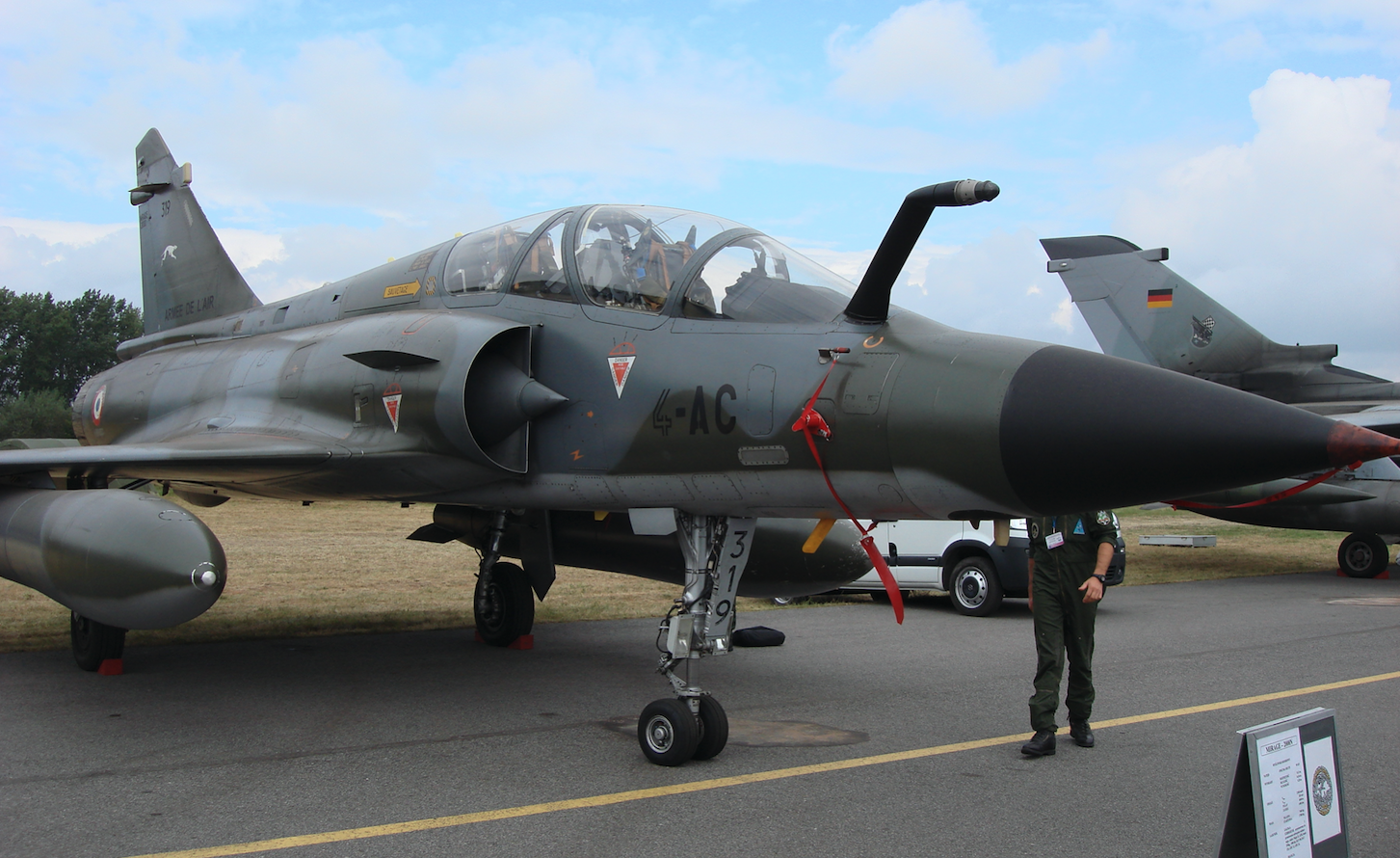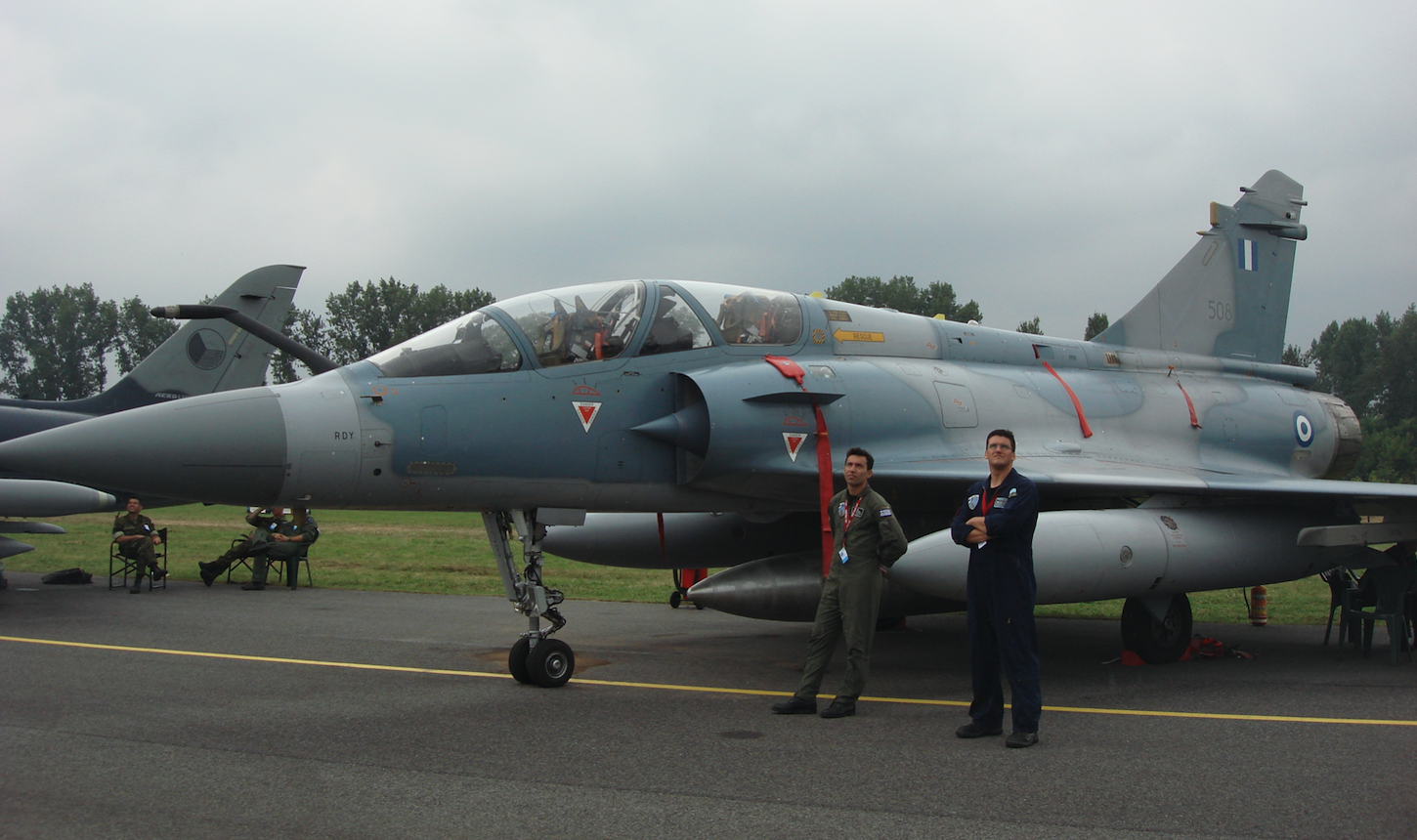History
Avions Marcel Dassault - Breguet Aviation Mirage 2000 is a multipurpose supersonic fighter plane. The aircraft was the successor of the Mirage III / 5 aircraft. In 2003, the Breguet Aviation Mirage 2000 aircraft was offered to Poland as a successor to the Soviet Mikojan and Guriewicz MiG-21 fighters, but lost to the Lockheed Martin F-16 aircraft in the competition. There was a third competitor in the competition, the Swedish-British Gripen 39.
The Breguet Aviation Mirage 2000 aircraft was a commercial success and entered service in many countries around the world. The aircraft is still used by the French Air Force, although there is already its successor, Dassault Rafale.


The genesis of the structure.
By the beginning of the 1970s, it became clear that the French programs of vertical take-off fighter and variable wing geometry fighters had failed. Therefore, Avions Marcel Dassault - Breguet Aviation has verified the view as to the shape and layout of future fighter jets. The analyzes redirected the interest of designers back to the classic pure delta system.
In 1972, the Delta 1000 project was created, and in 1973, Delta 2000, which later developed into Mirage 2000. Official information about the program appeared in October 1975. In December 1975, a decision was made at the highest levels of the government to start financing the construction of a new aircraft.
At that time, Avions Marcel Dassault was already building 4 prototypes for flight testing and one for endurance testing. The first government order for 127 fighters, which was received at the end of 1975, decided to continue the work. The company estimated that the French aviation needs 200-300 fighters of this type. Some estimated it at 450 machines, which was, however, too optimistic a number.
Mirage 2000 concept.
The fighter concept follows the line started by Mirage III. The proportions, contour and slant of the airfoil leading edge, undercarriage and visibility from the cabin are similar. In terms of dimensions, the plane is larger than the Mirage III. The bearing area is 15% larger.
In terms of aerodynamics, the new machine is completely different. First of all, it uses a much thicker wing profile, additionally thickened at the fuselage. The aim was to achieve more favorable stresses in the airfoil structure. A side effect was the achievement of a larger wing capacity and thus larger fuel tanks.
Automatic slots are used on the leading edge. They allow flight angles of attack up to 26 degrees, at even slower speeds than the Mirage III. The calculated landing speed was only 232 km / h, and in fact it was even 213 km / h. In the design of the aircraft, additional barbs appeared on the intake channels in front of the wings. They generate additional vortices that increase lift. The aircraft layout is difficult to stabilize, therefore, for the first time in Europe, a fly-by-wire control system was used.
Computer technology has been widely used in the design and construction of the aircraft. Using the DRAPO method, individual airframe elements were made by numerically controlled machine tools by entering the coordinates through the monitor screen.
Composites were used quite extensively in the plane. They allowed to reduce the weight of the structure by 15%.
Written by Karol Placha Hetman
